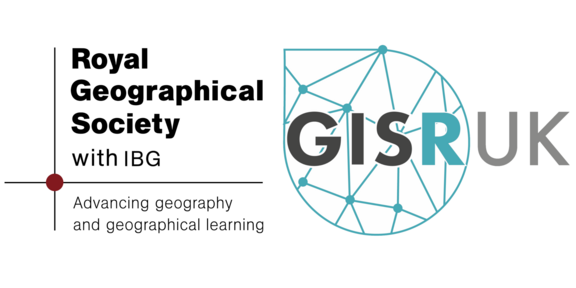Invited joint RGS-GISRUK webinar

The webinar was jointly organised by the GIScience Research Group of the Royal Geographical Society and GISRUK, an interest group for researchers and practitioners in the fields of GIScience and GIS in the UK and Ireland. The webinar covered a statistical perspective on user-generated geographic Big Data produced in everyday contexts. While the boom phase of user-generated data seems to be over, this does not mean that there are no more open questions. In particular, self-reported ambient geospatial data, which are incidental and often unconscious collections of geospatial data, present us with analytical challenges. This type of data is an interesting source of unadulterated in-situ reflections of everyday human life and collective geographies, but it lacks scientifically controlled data collection and is the result of a complex reduction process from meaningful places to content referenced on geometric point locations. The lecture introduced the participants to René's research of the last ten years and treated it from a statistical perspective. A main focus was on the properties of estimating spatial autocorrelation – the statistical basis of spatial structures such as clusters or regimes – and its interplay with ambient geospatial data. René addressed issues of scale, heterogeneity, stationarity, and inference techniques. The presentation mainly took the perspective of spatial footprints of places, but also gave an outlook on a possible change of perspective towards a stronger statistical inclusion of geographical concepts such as place, region, and other notions, without taking detours via geometries.

